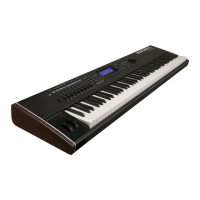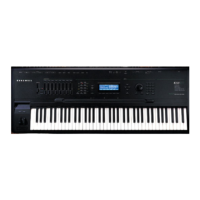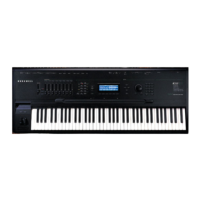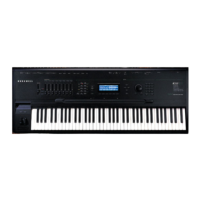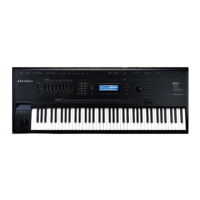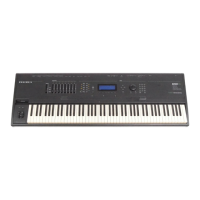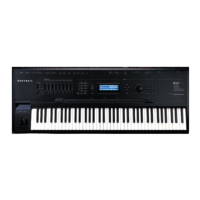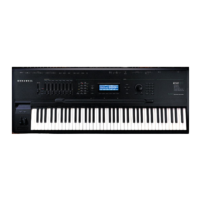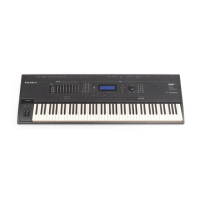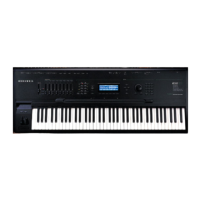The channel is turned
on
or off by the loading of a 1 or 0 into
this 1-bit register.
If a 1
is
loaded the channel will be turned on, if
a
0 is loaded the channel will be turned off. This register
is
loaded
at the beginning of the sound, right after the note is struck at the
performance keyboard. When the note has finished playing out, then
this register
will be written from the CPU with a zero, which then
turns off that
channel. The 1-bit register for each channel goes to
one
line of the set of signals called DATA which come directly from
the
CPU
board. DATA line 0 controls the turning
on
and off of
channel
1,
the 1 controls channel
2,
2 controls 3, etc.
The diagram
labeled, CGP-Channel Interface (figure 3.12),
shows how this simple single channel interface is used to service
all 12 channels. The CGP only gives the illusion that all 12 channels
are being loaded simultaneously. Each channel is
actually being
loaded one after the other
in
a round robin fashion. This sequentinal
loading happens at a rate high enough to be indistinguishable from
simultaneous loading of the channels. The set of four signals
called
CHSEL
A,
B,
C and 0 determines which channel is to be loaded with a
sample of information at any point
in
the cycling of the channels.
The signal labeled
CEW controls the turning
on
or turning off of each
channel at the appropriate time. Through loading each channel with
a either a 1 or
0 from the respective line from the DATA BUS. CHEN
is
a signal which is fed back
to
the group processor for its own use
in
determining whether a particular channel is on or off, as that
channel reaches its turn
in
the continual cycling of the 12 channels.
Kurzwell
250
Service Manual, Chapter 3
3-
30

